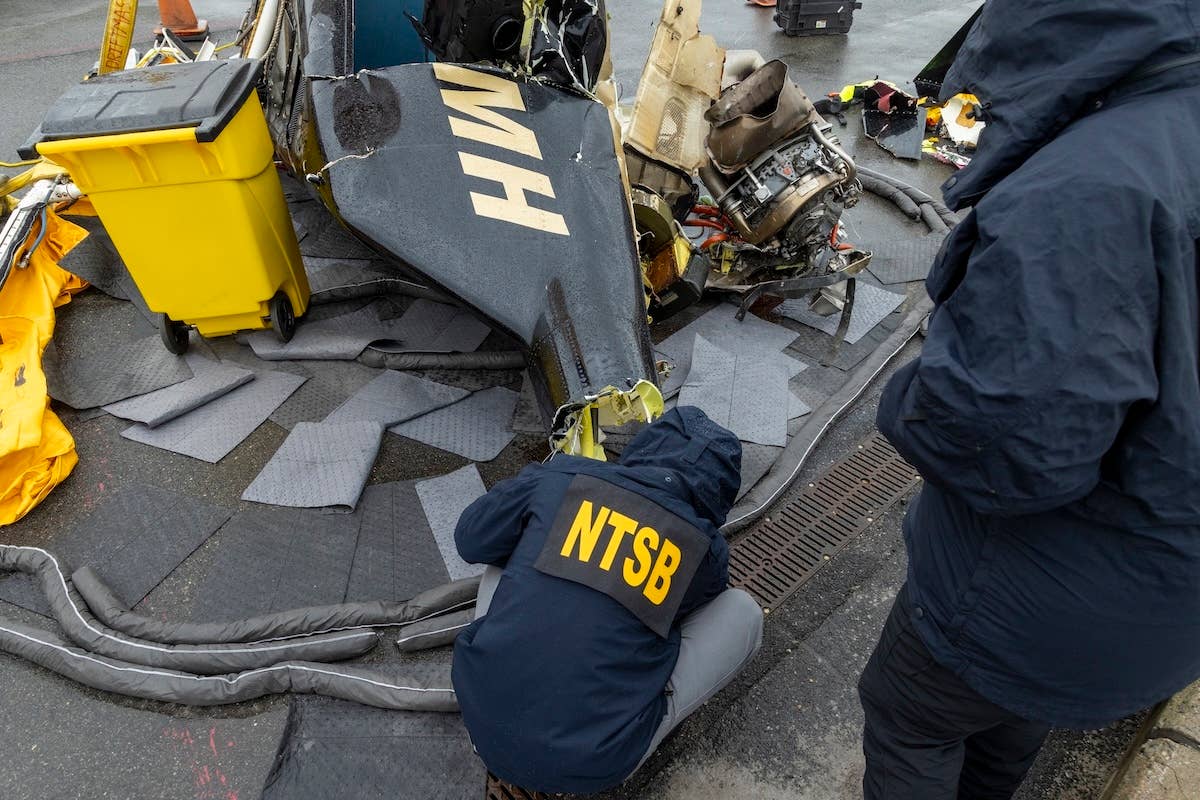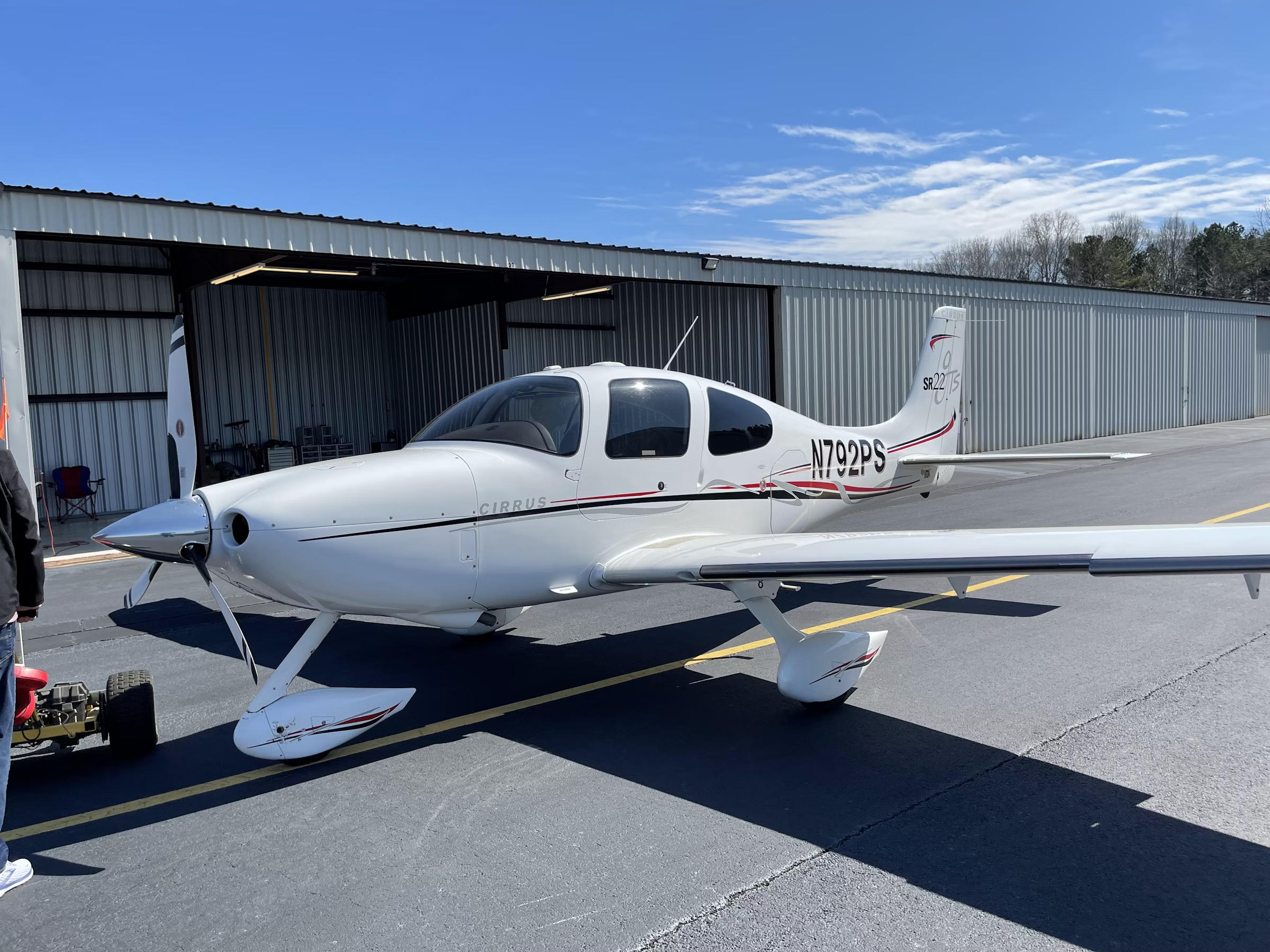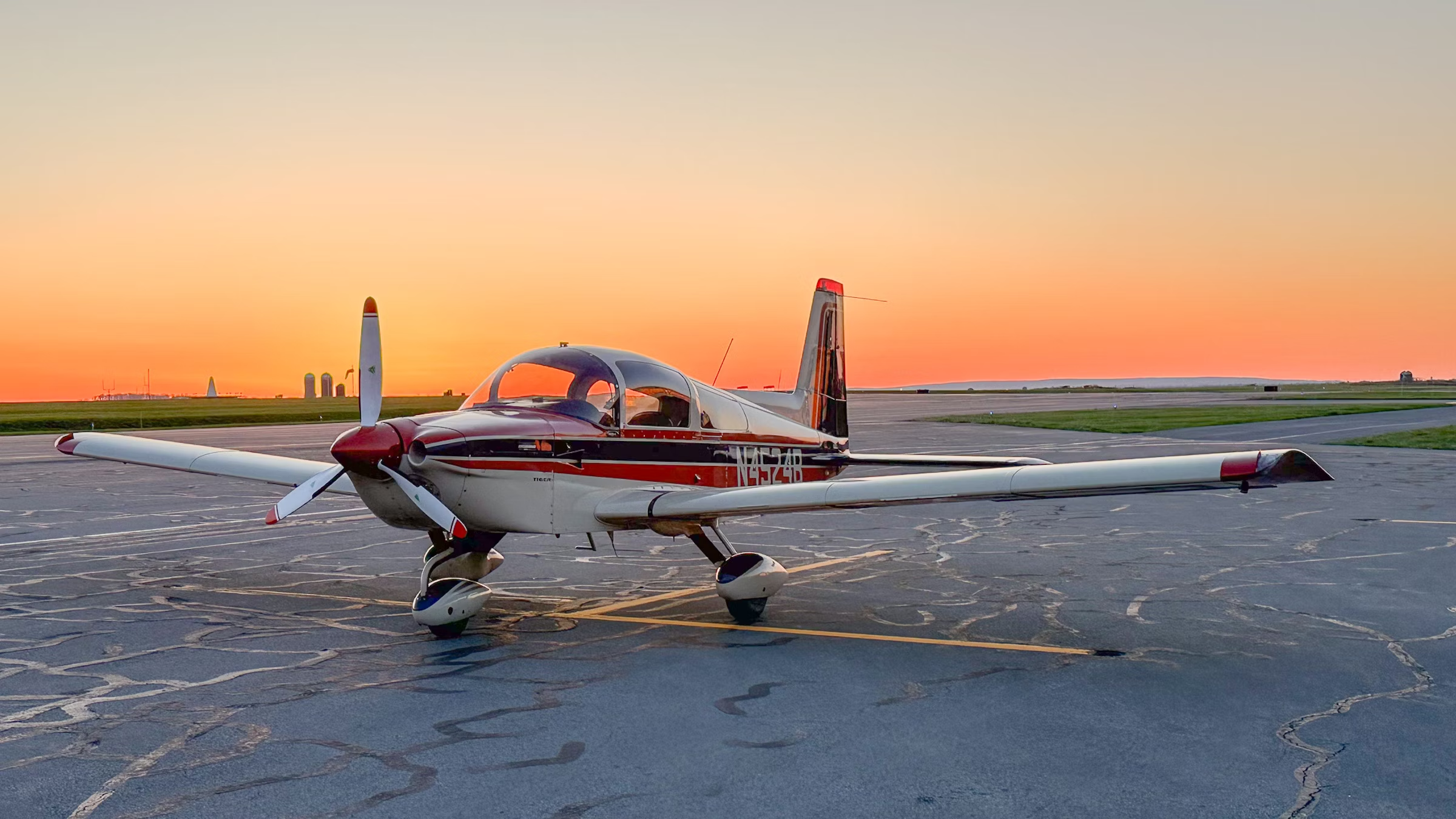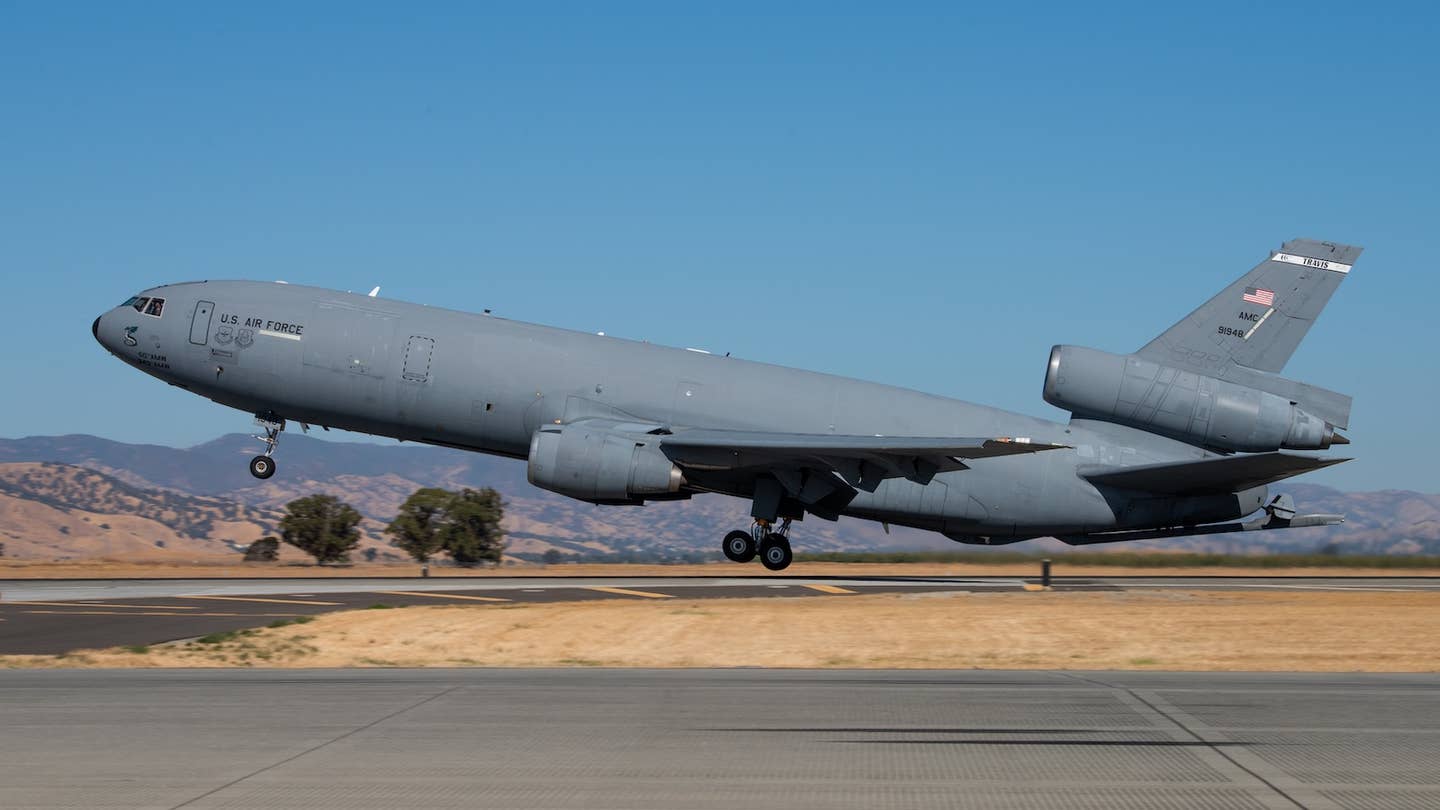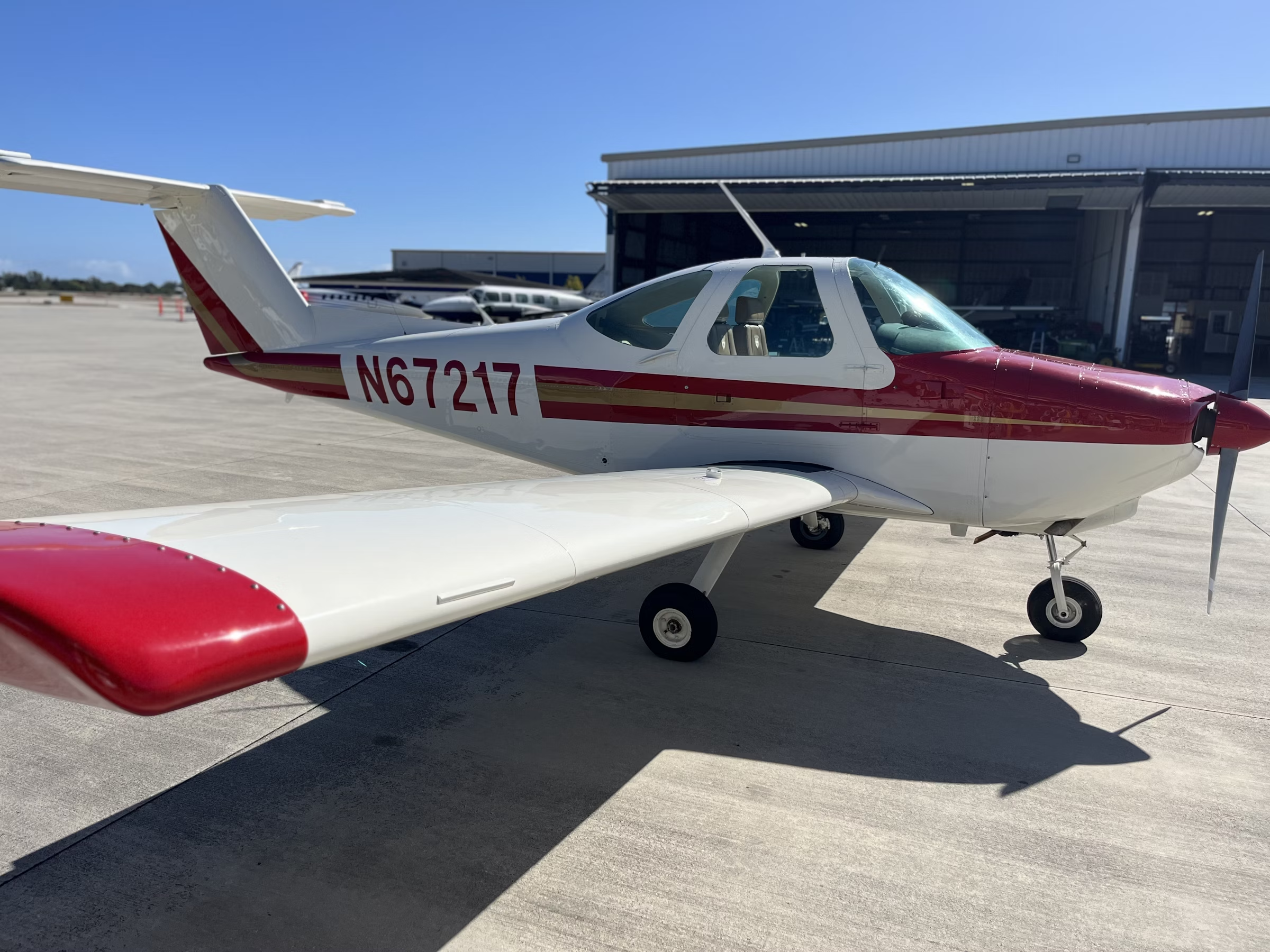GAMI Answers G100UL Criticisms, Point By Point
GAMI founder George Braly offers responses to a series of criticisms and questions about G100UL, his company’s unleaded replacement for 100LL.
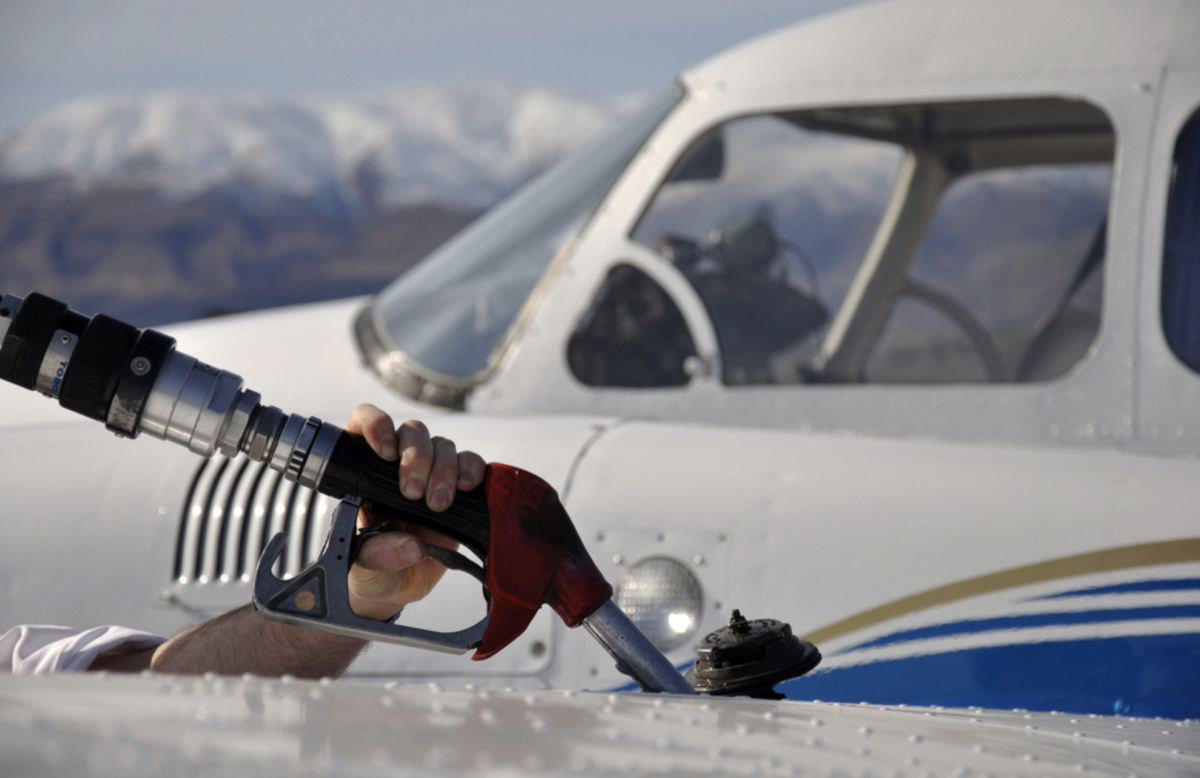
GAMI founder George Braly offers responsed to a series of criticisms and questions from a reader about G100UL, his company’s unleaded replacement for 100LL. [Credit: Shutterstock]
Editor’s Note: This article first appeared on AVweb.
Last week's blog was more of an update on progress so far on the replacement of 100LL with unleaded high-octane aviation fuels. In the comments section, a reader who uses the title BestGlideSpeed gave a long list of questions and criticisms of General Aviation Modifications Inc.'s (GAMI's) G100UL.
Many of the points made by BestGlideSpeed have been made by others, and somes we haven't heard before. GAMI founder and chief engineer George Braly has addressed them in a point-by-point response to the post.
His intent was to post it as a reply to BestGlideSpeed in the comment section, but he agreed to allow us to run it as this week's AVweb Insider. Here is his intended reply without any editing except to add formatting to make the replies distinct from the assertions made by BestGlideSpeed.
We at AVweb believe this to be the fundamental issue affecting the future of light aviation, and we welcome all comments made with the good faith intention of furthering the discussion. That means we're inviting any of the players and stakeholders in this issue to use this space to make their views known, with the knowledge that whatever they put forth is open to rebuttal and debate.
Some of what Braly has to say is provocative, and we expect it to bring reaction. Let's have it.
Russ Niles, AVweb editor-in-chief
BestGlideSpeed posted the long message critical of G100UL Avgas, which is requoted below. On behalf of GAMI, I (George Braly, head of engineering) am commenting on his message.
************
I’m not certain if this is a news story, or if Russ just enjoys throwing rocks at a hornets' nests to see all of the commenters get riled up. At this point no news is simply, well, no news. As an engineer developing new products for market, I understand that a typical, successful development project always includes the following:
1. Unrealistic demands of what the new product must be able to do.
Not in the case of G100UL. The original design criteria, set out in writing to the FAA in the spring of 2011, were each fully met, and even exceeded.
2. A never ending system of hurry up and wait.
Yes. There has been a lot FAA imposed “waiting” and not a lot of “hurry up”
3. Unrealistic demands that after everyone sat on their hands burning up the clock, you must now save everyone else’s bacon and get the ball across the finish line in record time.
No such urgency from the FAA has yet come to light.
4. Individuals who have no understanding of the science, industry, or use case are the ones setting the project priorities.
There has, at times, been some of that from the FAA. But mostly the impediments have been designed by the proponents to simply slow the G100UL avgas project down or to stop it, completely.
5. Self interested individuals continually ignore realities and proclaim “just go with my favorite answer now” because the unresolved concerns fall outside of their very limited set of priorities.
A lot of that very recently with respect to the coverage of the last 2 percent of the fleet of aircraft—rotorcraft.
6. The list goes on ad nauseam—and that is when things go well.
Things went “well” from 2012 to 2015. Then stagnated for four years. Then went backwards for 6 months. Then, beginning in July, 2020, the Washington AIR-1 assigned a really GREAT new team of engineers and we managed to finish the project in 24 months.
A project that the government gave 10 years to resolve is only four years along.
The scope of that government project included TWO PATHWAYS TO SUCCESS: a) The PAFI / EAGLE project and b) The STC pathway. The second of those two pathways is now a resounding success with every single spark ignition engine in the FAA database approved to use G100UL Avgas. No exceptions!
From my perspective, I am impressed with the progress that has been made in that amount of time.
Respectfully, I would suggest that almost no person in the FAA who is not financially or career “motivated” with affiliation to the manifestly failed PAFI / EAGLE program would agree with you. The taxpayers have spent nearly a quarter of a billion dollars on the failed UL AvGas/PAFI/EAGLE programs over the last 20 years. The taxpayers have absolutely ZERO to show for that expenditure. Ronald Reagan once observed that there is nothing that lasts so long in Washington as a “temporary program.”
The fact that Russ is proclaiming all to be lost and we need a complete reboot with the FAA jack boot on the neck of fuel manufacturers to obtain it is just adding himself to the list as another obstacle to getting anything done.
On the contrary. Russ’ observations, and Paul Bertorelli’s from 18 months ago, are precisely on point.
I give kudos to at least one organization being honest enough to say that a “drop-in” replacement is not possible.
That statement calls to mind the old Chinese Proverb: One should not tell the Chinaman that he cannot do something he has already done! A full “drop-in” replacement has already been approved by the FAA. Any statement to the contrary is either based on a lack of knowledge, or some hugely contorted definition of the phrase “drop-in” to mean something very different than the meaning given to that term by the FAA and most other participants.
To accept that statement we have to understand what a “drop-in” replacement entails. It is easy to say “I fly behind a Jabiru engine and I don’t need the same octane as some of the big block engines, so let’s just go with XXX”, but that is not a drop-in replacement for the industry. Whatever replacement we ultimately come to will be a system of compromises.
There is no compromise with the use of G100UL Avgas. In fact, G100UL Avgas is able to allow enhanced performance of the existing fleet of high powered radial engines—by allowing those engines to be up-rated in BHP back to their original war time military ratings.
Some of us will come out of this perfectly pleased, and some of us will be left out in the cold.
No one is left out in the cold—except the major producers of 100LL who have tried to obstruct and delay any development of a “drop-in” replacement for 100LL.
Consider: GAMI’s fuel is not approved for rotary wing. You cannot get rid of 100LL and leave all of the rotary wing aircraft grounded. News helicopters, med-evac, offshore platform,
Wrong. Every single rotary wing [gasoline] engine is already approved for use with G100UL Avgas. Robinson Helicopter (which makes 80 percent of all of the helicopters) has fully tested G100UL avgas using their independent test protocols that they developed for their testing of PAFI/EAGLE fuels. Robinson has told GAMI that G100UL Avgas is the only unleaded fuel to ever pass their rigorous flight test helicopter profile. Robinson has written a complete engineering report and that has been submitted to the FAA to facilitate the early addition of the rotorcraft airframes (the engines are already approved) to the Approved Model List.
. . . the list goes on and on. [If the “list goes on….” Then, please, send me an email and let me know what other items are “on the list.” gwbraly@gami.com.
GAMI’s fuel is approved by the FAA via STC—this approval only means that if I fly a certificated fixed wing aircraft, I am allowed to use it and not get busted by the FAA.
That is false. The FAA approval means the FAA has found the use of G100UL Avgas to be equally safe, or actually safer than the use of 100LL. Their words were: “… as good as or better" than 100LL.
It is not an industry approval, and it by no means is a blanket mandate, indemnification, or adoption.
There is no such thing as an “industry approval.” Period. Parade Rest. Nor has there ever been. The purpose of an ASTM specification (by its own terms, in paragraph 1.1, is to facilitate the sale and purchase of 100LL by “purchasing agents.”
It is not approved by the engine manufacturers, it is not approved by the airframe manufacturers,
Actually, Cirrus has fully tested G100UL Avgas. Recently, the senior manager at Cirrus has told his staff and has told one of the industry groups that “Cirrus has no technical objection” to the use of G100UL Avgas.”
… it is not approved by the insurance companies.
Wow. What complete nonsense! You have been reading too many “statements” from Curt Castagna at NATA.
FACT: Each of the major distributors has directly advised GAMI directly, that they have obtained the same product liability insurance for their sale of G100UL Avgas as they have for 100LL. Two years ago, the insurers told one of the two largest distributors the following (at Lloyds, in London): “If the FAA approves G100UL Avgas, then Lloyds will insure it. No additional charge for the premium. FURTHER MORE, Vitol Aviation was able to add G100UL Avgas to its policy with no increase in premium.
… , and it is not approved by the fuel distributors/sellers.
Actually, each of the major distributors has reviewed the G100UL Avgas FAA approved specification and told GAMI that they had no objection to that specification. Note, distributors and sellers do not approve or disapprove of fuels. And none of them have stated to GAMI that they have any reason to ‘disapprove’ of G100UL Avgas.
The FAA has no authority to mandate via STC that Lycoming engines must run on GAMI fuel that distributors must sell it, and insurance companies must indemnify it. The STC only gives permission to the pilot to buy it.
Correct. Nor does the FAA mandate that Lycoming must approve the use of 100LL or UL94 or UL82. THAT is not the FAA’s job.
We have one fuel that proclaims itself the elixir of all aviation engines, but refuses to allow the industry to examine it.
WRONG. Wrong, again. And Again. From your series of false statements, it appears that you may be reading too many press releases from NATA and GAMA, and similar organizations. GAMI has in fact allowed the industry to examine G100UL avgas. Lycoming and Continental have each sent engineers to GAMI and have flown G100UL avgas and compared it back to back with 100LL and have each stated to GAMI that they cannot tell the difference in operation when compared to the use of 100LL.
We have another manufacturer that says we are working on the best solution we can, but there is no silver bullet and our solution will not be a drop-in replacement for 100LL. We have a third that is working on it but is keeping their efforts close to the vest.
That would be LyondellBasel/VP Racing and Swift Fuel. Both of the sponsors of each of those two fuels have acknowledged, publicly, that neither of those two fuels will be able to be used on the higher performance portion of the fleet (8.5:1 CR N.A. engines and turbocharged engines) without substantial engine modifications and/or limitations added to the operating instructions.
I doubt that GAMI’s fuel is as perfect as they claim.
GAMI has never claimed it is “perfect.” Please do not make false accusations.
There are too many red flags. In the end, there will be compromises.
Please elaborate and identify the “red flags” and the necessary “compromises” which you, in good faith, believe to exist?
We may need to move to multiple fuels to provide a simple well performing fuel to those who do not need such high octane, and a “compromise” version of 100LL that the EPA can live with in smaller quantities for the larger engines, rotary wing engines, and any others that absolutely require the higher octane.
We may need to choose a boutique fuel that gets us most of the way there, but only after modifications to the engines that require higher octane.
The thought embodied in the previous two paragraphs may well be some of the worst proposals and/or concepts for a “solution” to the TEL lead problem ever articulated in public. Either or both would be a disaster for general aviation piston powered aircraft owners.
Likely, we will need to kick the can down the road and extend the 10 years. The amount of lead contributed to the environment by aviation fuel is infinitesimally small when compared to the world’s annual consumption of lead—so small that is not measurable in the environment.
Yes, the lead contribution is small. But continuing to be a “lead denier” will likely not work out well. In addition, the benefits we have all enjoyed in the automotive world from getting rid of the lead will also take place in aircraft engines. Double or triple the oil change intervals. No more routine cleaning of spark plugs. Likely, in our future, greatly extended TBOs. All of those are likely to occur.
There is no perfect solution, and typically it is not the first suitor to knock on your door. We have 10 years to fully develop every option and then make a well informed decision about the compromises that we will need to make as an industry.
Respectfully, if you think the States of California, Oregon, Washington, Colorado, Wisconsin, New York, and a number of others are going to wait more than another 12 to 24 months, then you are not well informed with the activity going on in those states.
For those who want to see GAMI be central to that solution, my recommendation is that GAMI take advantage of the next few years to continue to perfect their product and completely satisfy the testing requirements of every industry group out there.
A) No “industry group” has even come to GAMI to make any suggestion for any further “testing”. B) Please provide some details as to what aspect of G100UL you believe needs to be improved upon?
They should resolve the limitation that excluded rotary wing.
The addition of helicopters to the AML STC is nearly completed. See the previous comments on that subject about Robinson.
They should be testing their fuel with Lycoming, with Continental, with Jabiru, with Rotax, with ASTM, with Cessna, and with Piper.
G100UL Avgas has already been rigorously tested to the FAA’s highest standards. Lycoming and Continental have both tested G100UL and found no deficiencies. Nor have they pointed out any to GAMI.
NOW HEAR THIS: ASTM DOES NOT TEST FUEL! ASTM considers testing done by fuel sponsors—just like the FAA—and then only writes a specification. Which is not approval to even put one drop of fuel in the wing of an aircraft.
They should include representatives of insurers and distributors in those efforts.
GAMI has done that for distributors. Insurers do not get involved in any such activity. Where on earth did you come up with THAT concept?
Sitting on their secret formula and saying “we don’t trust anyone” is doing themselves no favors while their competitors work diligently for a solution that the industry can openly embrace.
Obviously, once again in the long series in this response, you are not well informed. The complete specification for G100UL Avgas, Revision-12C9 has been posted on GAMI’s web site www.g100ul.com and, more specifically, https://www.g100ul.com/faq#specification since before Oshkosh. In addition, any of the distributors and/or OEMs that has asked to see that document have been furnished that document, over the course of the last several years.

Sign-up for newsletters & special offers!
Get the latest FLYING stories & special offers delivered directly to your inbox

